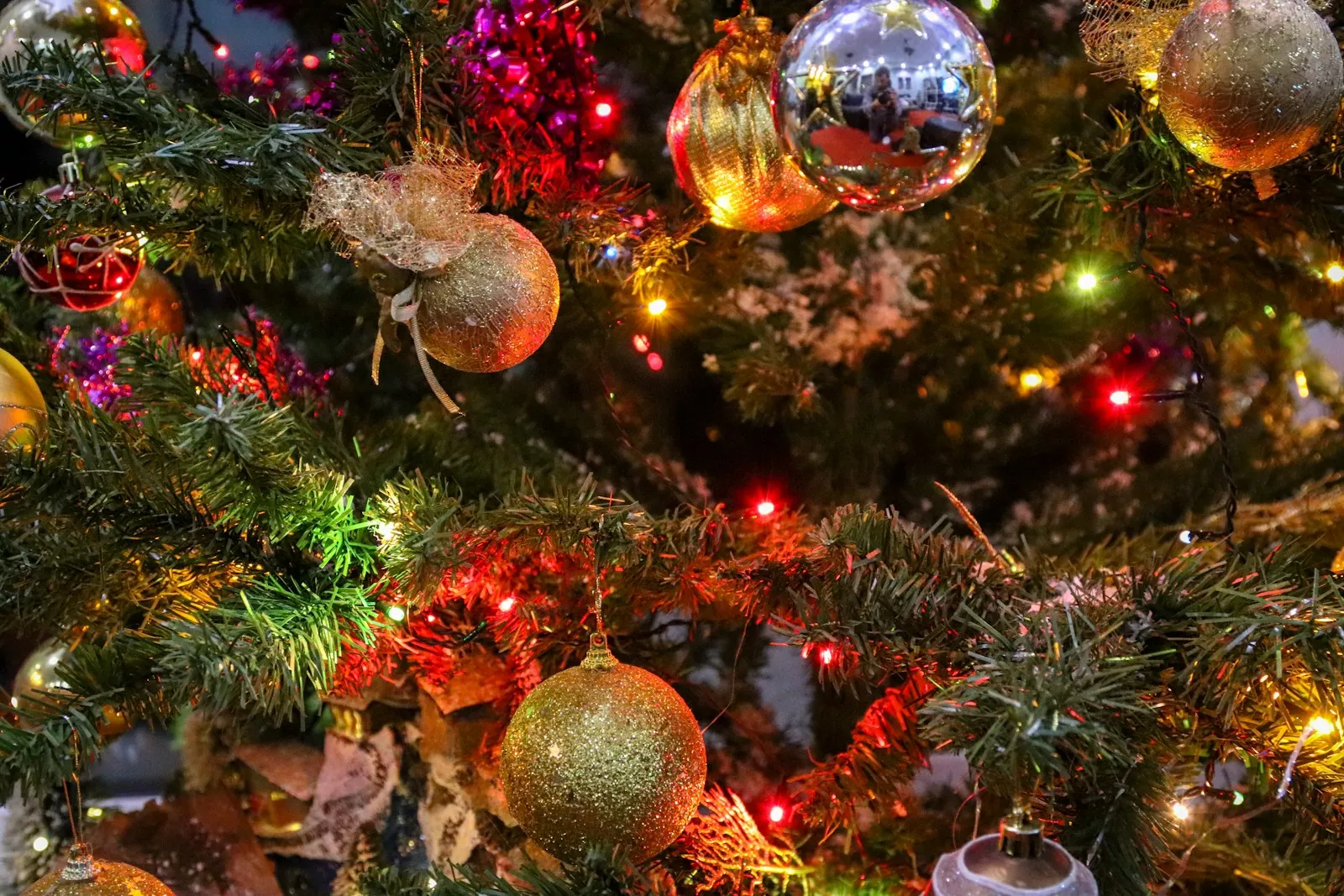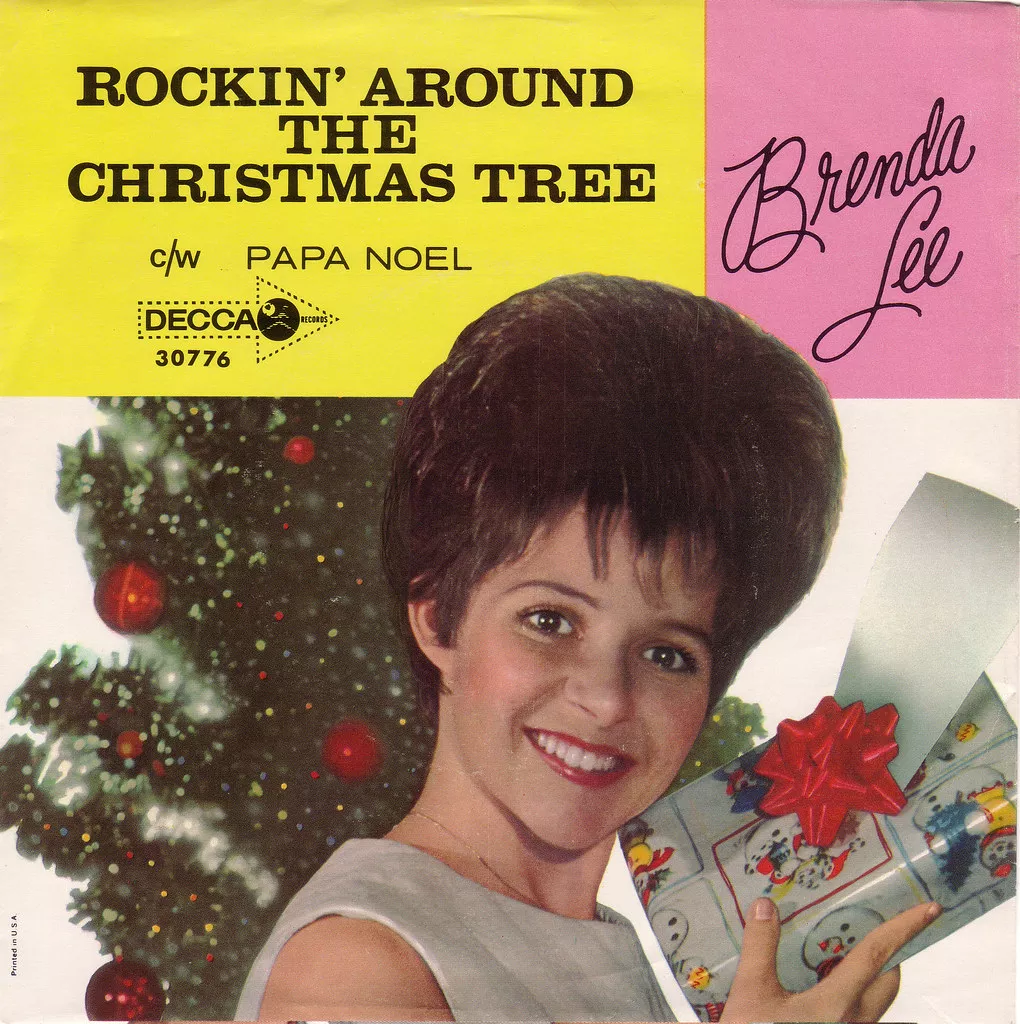The history of the Christmas tree is a fascinating journey through time, culture, and tradition. The origins of this beloved holiday symbol can be traced back to ancient civilizations and their winter solstice celebrations. Long before the advent of Christianity, people in various parts of the world brought evergreen plants into their homes during the darkest days of winter. These plants, which remained green throughout the year, were seen as symbols of life and renewal.
In ancient Egypt, people celebrated the winter solstice by filling their homes with green palm rushes, which symbolized the triumph of life over death. Similarly, the Romans marked the solstice with a festival called Saturnalia, during which they decorated their homes and temples with evergreen boughs. The Celts, too, revered evergreens as a symbol of eternal life and used them in their solstice celebrations.
The modern Christmas tree, however, has its roots in the traditions of medieval Germany. During the Renaissance, Germans began to bring entire trees into their homes and decorate them. One of the earliest recorded instances of a decorated Christmas tree dates back to 16th-century Germany, where devout Christians brought decorated trees into their homes. It is widely believed that Martin Luther, the Protestant reformer, was the first to add lighted candles to a tree. According to legend, he was inspired by the beauty of stars twinkling amidst evergreens while walking home one winter night. To recapture the scene for his family, he erected a tree in the main room and wired its branches with lighted candles.
The tradition of the Christmas tree spread throughout Europe and eventually made its way to America. In the early 19th century, German settlers in Pennsylvania were among the first to introduce the Christmas tree to the United States. However, it wasn’t until the mid-19th century that the Christmas tree became widely popular in America. This surge in popularity can be attributed to several factors, including the influence of Queen Victoria and Prince Albert. In 1846, an illustration of the royal family standing around a Christmas tree was published in the Illustrated London News. The image captured the public’s imagination and helped to popularize the Christmas tree in both Britain and America.
As the tradition of the Christmas tree spread, so too did the variety of decorations. Early decorations included fruits, nuts, and candles. Over time, these simple adornments gave way to more elaborate ornaments, such as glass baubles, tinsel, and electric lights. The introduction of electric lights in the late 19th century revolutionized Christmas tree decorating, making it safer and more convenient to illuminate trees.
In the 20th century, the Christmas tree became an integral part of holiday celebrations around the world. The Rockefeller Center Christmas Tree in New York City, first erected in 1931, has become an iconic symbol of the holiday season. Each year, millions of people visit Rockefeller Center to marvel at the towering tree adorned with thousands of lights and ornaments.
Today, the Christmas tree continues to evolve, reflecting changes in culture and technology. Artificial trees, first introduced in the 19th century, have become increasingly popular due to their convenience and environmental benefits. Additionally, new trends in tree decorating, such as themed trees and eco-friendly ornaments, continue to emerge.
The history of the Christmas tree is a testament to the enduring power of tradition and the human desire to celebrate life and renewal during the darkest days of winter. From its ancient origins to its modern-day incarnations, the Christmas tree remains a beloved symbol of the holiday season, bringing joy and light to homes around the world.




